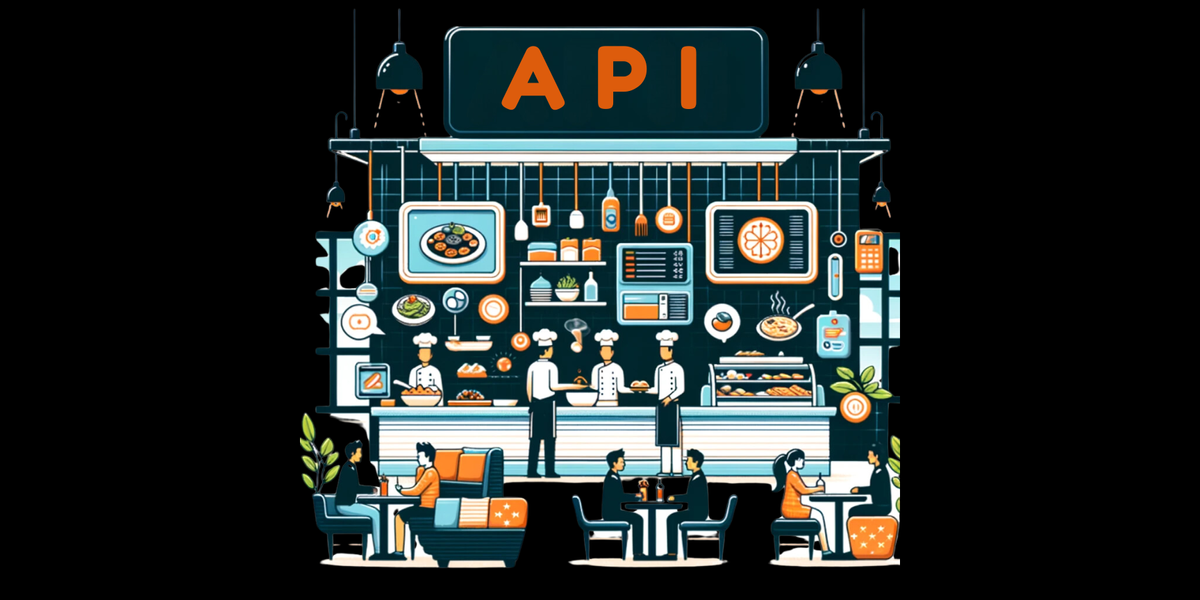ServiceNow API A Restaurant Analogy


The restaurant represents a software system with an API.
Just like a restaurant prepares and serves a variety of dishes, the software offers different services or data.


The waiter in the restaurant acts like an API.
You tell the waiter (API) what you want (your request), and the waiter goes to the kitchen (the software system) to get your order.


The kitchen, where your food is prepared, is like the back-end part of the software.
You don’t see the cooking happening (the internal processing), but you receive the finished dish (the data or service you requested).


When you order a dish, it's like making an API call.
You specify what you want, and the kitchen prepares it based on your request.


- Communication Between Applications
- Efficiency
- Modularity
Let’s explore them!

APIs allow different software systems to communicate with each other.
This communication enables seamless data sharing and functionality between different software, improving user experience and system interoperability.


They enable programs to access features or data of other applications, services, or operating systems efficiently.
This leads to a reduction in development time and resources, as developers can leverage existing functionalities rather than building everything from scratch.


APIs help in breaking down complex software into simpler, modular components.
This modularity makes it easier to understand, maintain, and update systems, as well as to isolate problems in complex software.


Think of JSON as English language.
Even if Customer and Restaurant (API) are from different countries (applications) they are able to communicate (API) in English (JSON).
JSON is a way to send and receive messages (data) in a structured, predictable format.
Just like using English in Restaurant abroad.



1️⃣Structured Data: JSON is a format for structuring data that's easy for humans and machines to read and write.
2️⃣Key-Value Pairs: Data in JSON is organized in key-value pairs, like a dictionary.
3️⃣Language Independent: JSON is independent of programming languages; it can be used with most modern languages.
4️⃣Data Exchange: It's commonly used for transmitting data in web applications.
5️⃣Lightweight: JSON is lightweight and easy to work with, making it ideal for APIs.

Imagine you're using a weather application on your phone.
You want to know the weather forecast.


The API Request: You enter your city name in the app.
Behind the Scenes: The app uses an API to request weather data from a remote weather service.
JSON Role: The weather service sends the data back in JSON format, which might look something like:
{
"city": "New York",
"temperature": "15°C",
"condition": "Sunny"
}
The API Response: The app then interprets this JSON data and displays the weather forecast to you.

In this example, the API facilitated the communication between your weather app and the weather service.
JSON was used to structure the data sent and received in a format both systems understand.

1️⃣ In the restaurant analogy, what does the menu represent in relation to an API, and what role does the waiter play?
Hint: Think about how the menu and waiter help you in placing and receiving your order.
2️⃣ Why is JSON compared to English Language ?
Hint: Think about how you can use English abroad.





